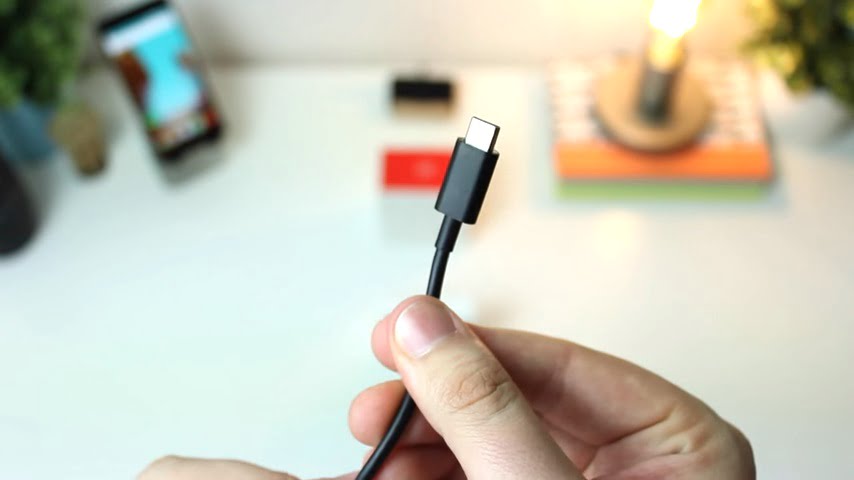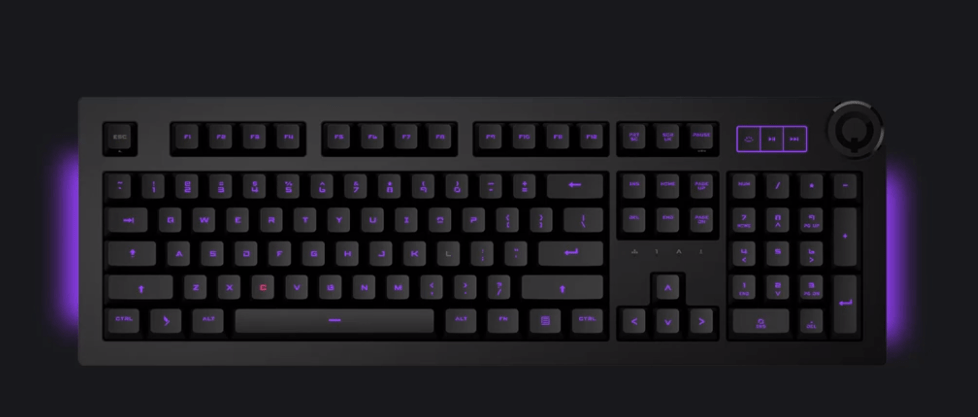The latest development in the USB cable industry is here, and it’s about time. All those who were not satisfied even with fast charging options in their phones and dread carrying around heavy AC adapters can take a sigh of relief. The USB C cable is here, and companies are rapidly adopting technological updates.
USB Type-C and all you need to know

Up till now, phones and tablets have been using USB Type-A and Type-B cables for charging and data transferring. Right now, a USB-A charger produces only 2.5 watts of power, which is only sufficient to charge your phone and tablet. On the other hand, the Type-C charger is advanced enough to produce 100 watts at 20 volts of electricity. This means that laptops will also be able to get charged through it.
What makes Type-C different?
A USB-C has a small physical connector around the size of a micro USB connector. It is the same on both ends of the cable, which means any side can be connected to the phone, charger, or tablet. For this development, one should be supremely grateful. The USB-C is small and sleek enough to fit into the slimmest mobile phone and, at the same time, can also charge a full-size laptop.

The fact that the USB-C is adaptable for all functions such as charging and data transfer means that there will be no more additional ports on devices, and they can now be made even thinner than before. In addition, the “alternate modes” options, such as HDMI, DisplayPort, VGA, and bigger USB Type-A connectors, are all supported by Type-C. Apple had already adopted this technology when it manufactured its Digital Multiport Adapter, which combined all things in one.
A USB Type-C cable is bi-directional, meaning that when plugged in, a device can receive and send data. Laptops can be charged from portable battery packs currently used to charge smartphones. You can also plug your laptop into an external display, which would simultaneously perform the function of charging your laptop and being used as an external display.

Improved Bandwidth
USB-C is compatible with almost 10Gbps transfer speed. This means that large files such as movies, DSLR images, and heavy audio can be transferred in seconds. A new development in speed is USB 3.1 and USB 3, which have a bandwidth of 5Gbps and 10Gbps, respectively.
USB-C is the connector shape beneath which USB 2.0 or USB 3.0 could fit. Unfortunately, USB-C is yet to be manufactured with USB 3.1 technology. So, for now, when purchasing a USB-C cable, you need to consider whether the cable supports USB 3.1 or not.
Older USB devices cannot be plugged into the newer USB-C tiny port, nor can a USB-C connector be connected to previously manufactured larger and older USB ports. However, USB 3.1 is still compatible with older USB ports. So for now, laptops are being made with both ports, a USB-C and a USB-A port, as in Google’s Chromebook Pixel.
How far-fetched is USB-C technology?
The USB-C is not only limited to phones and tablets; slowly and gradually, it will make its way onto other devices such as desktops, pagers, etc. The Type-C connector shape is here to stay. It is anticipated that the USB-C might even replace the Lightning connector on Apple’s iPhones and iPads as it is already making its way to the latest MacBooks. Due to this, Android and Apple users may be able to use mutual chargers for the first time in history. For sure, USB Type-C cables are a worthwhile investment with multiple advantages.



![Nvidia Unveils The Geforce Rtx 3090 Ti At A Mind-Blowing Price Of [Amazon Fields = &Quot;B08Hr6Zbyj&Quot; Value = &Quot;Price&Quot;] 6 Nvidia Unveils The Geforce Rtx 3090 Ti At A Mind-Blowing Price Of $1,508.00](../wp-content/uploads/2022/03/1-d8d2759d.jpg)
Share Your Thoughts